The periodic table of the elements with metallic elements colored in green, nonmetallic in orange and metalloids in blue.
Click on image for full size
L.Gardiner/Windows to the Universe
Metals, Nonmetals, & Metalloids
The periodic table on the left separates the elements into three groups: the metals (green in the table), nonmetals (orange), and metalloids (blue).
Most elements are metals. They are typically shiny, good conductors of heat and electricity, have a high density, and only melt at high temperatures. Metals are ductile and malleable, so their shape can be easily changed into thin wires or sheets. Metals will corrode, gradually wearing away like rusting iron.
Nonmetals, on the right side of the periodic table, are very different from metals. Their surface is dull and they are poor conductor of heat and electricity. As compared to metals, they have low density and will melt at low temperatures. The shape of a nonmetal cannot be changed easily as they tend to be brittle and will break.
Elements that have properties of both metals and nonmetals are called metalloids. They can be shiny or dull and their shape is easily changed. Metalloids typically conduct heat and electricity better than nonmetals but not as well as metals.
Last modified April 18, 2003 by Lisa Gardiner.
You might also be interested in:

Everything you see around you is made of tiny particles called atoms, but not all atoms are the same. Different combinations of protons , neutrons and electrons make different types of atoms and these
...more
An element (also called a "chemical element") is a substance made up entirely of atoms having the same atomic number; that is, all of the atoms have the same number of protons. Hydrogen, helium, oxygen,
...more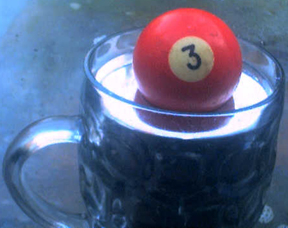
Density is a measure of how much mass is contained in a given unit volume (density = mass/volume). It is usually expressed in kg/m^3, so you would say that a cube 2 meters on each side with a mass of 16
...more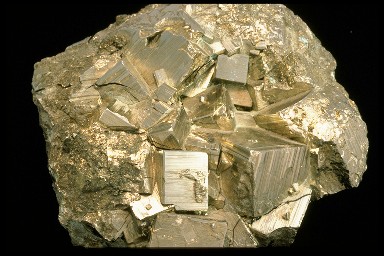
Solid is one of the four common states of matter. The three others are gas, liquid, and plasma. There are also some other exotic states of matter that have been discovered in recent years. Unlike liquids
...more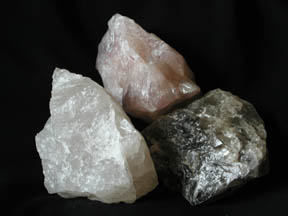
Each type of mineral is made of a unique group of elements that are arranged in a unique pattern. However, to identify minerals you don’t need to look at the elements with sophisticated chemical tests.
...more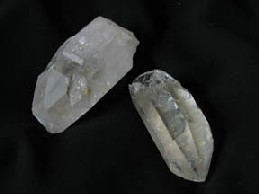
Quartz is the second most common mineral in Earth’s crust. It is a member of the quartz group, which includes less common minerals such as opal, crystobalite, and coesite. Silica (Si) and Oxygen (O) are
...more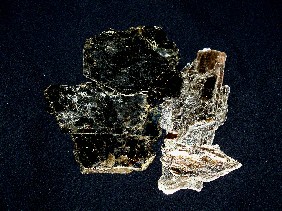
Mica minerals make some rocks sparkle! They are often found in igneous rocks such as granite and metamorphic rocks such as schist. They sparkle because light is reflected on their flat surfaces, which
...more













